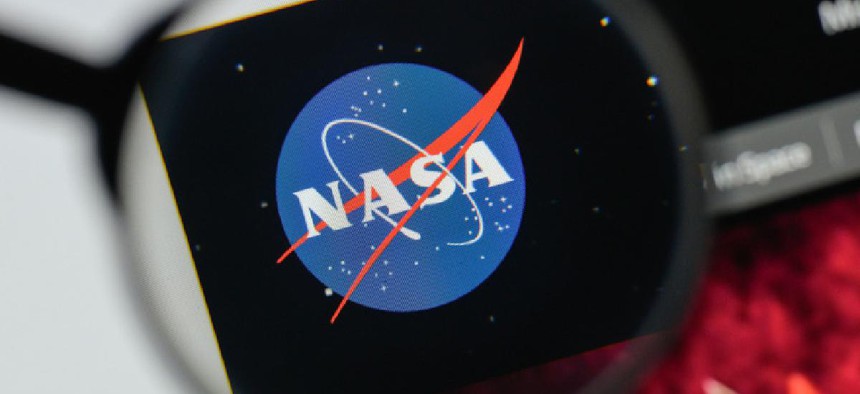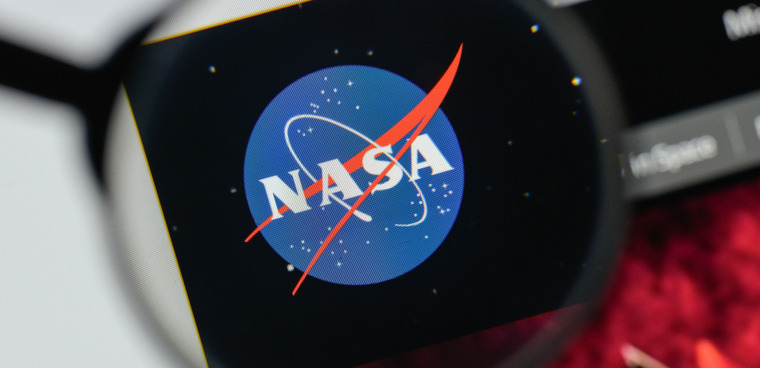NASA sets internal contact tracing app

NASA leverages commercial software, CDO Council for the agency's COVID tracing app.

A collaborative data sharing process was a big contributor to NASA's recently-created internal COVID-19 contact tracing app, according to the agency's top data official.
NASA built an internal contact tracing program using its existing Salesforce software and coordinated cross-agency data sharing to fuel it, said Ron Thompson NASA's chief data officer and associate chief information officer in remarks during an Oct. 1 ATARC program on federal COVID data analysis.
"We were able to take what the state and local governments have done and put it on a Salesforce platform. It was a very light lift with our medical community to do a contact tracing app that was specifically for our organization with very little customization," said Thompson.
Salesforce has proved a popular foundation for state and local agencies looking to build contact tracing tools, according to an article in GCN. The Centers for Disease Control and Prevention (CDC) has also said technology is a crucial part of contact tracing efforts.
NASA issued a Federal Register notice in August saying it was planning to collect data from agency volunteers on possible COVID symptoms, as well as contact names, addresses and email addresses. The data, said the notice, will be used to determine if NASA personnel were exposed to the virus and allow it to track their interactions across the agency to control exposure. The agency is taking comments on the app's data collection methods until Oct. 4.
The notice also said NASA might share the data with health care providers or other agencies when needed.
According to Thompson, the Chief Data Officers Council played a key role in coordinating the cross-governmental data sharing the app required.
COVID data was sourced from the CDC and the Department of Health and Human Services, said Thompson. The CDO Council, he said, helped identify authoritative data sources and come up with cross agency measurement standards for exposures.
Without that facilitation, creating the app would have taken more effort and time, according to Thompson. Individual agency-to-agency data sharing agreements "take a lot of effort," he said. "We were able to stand up a way that we could all grab and exchange the information consistently and from one authoritative source."


